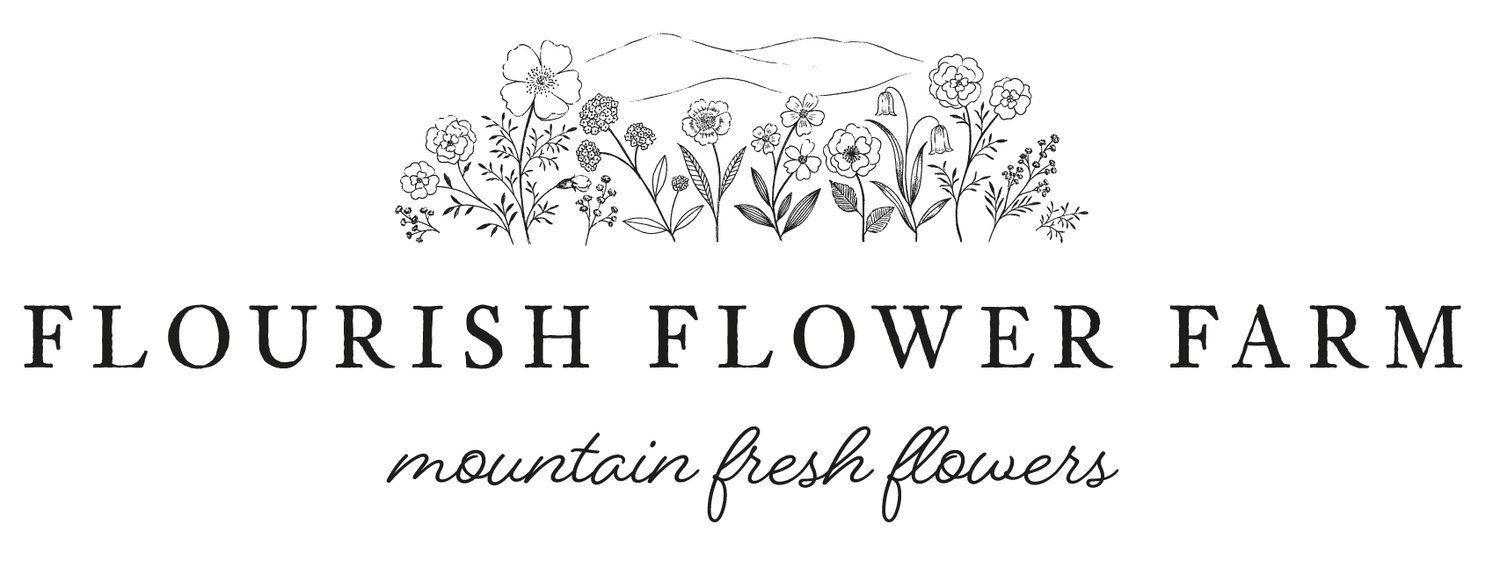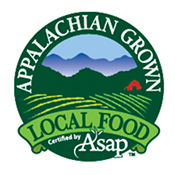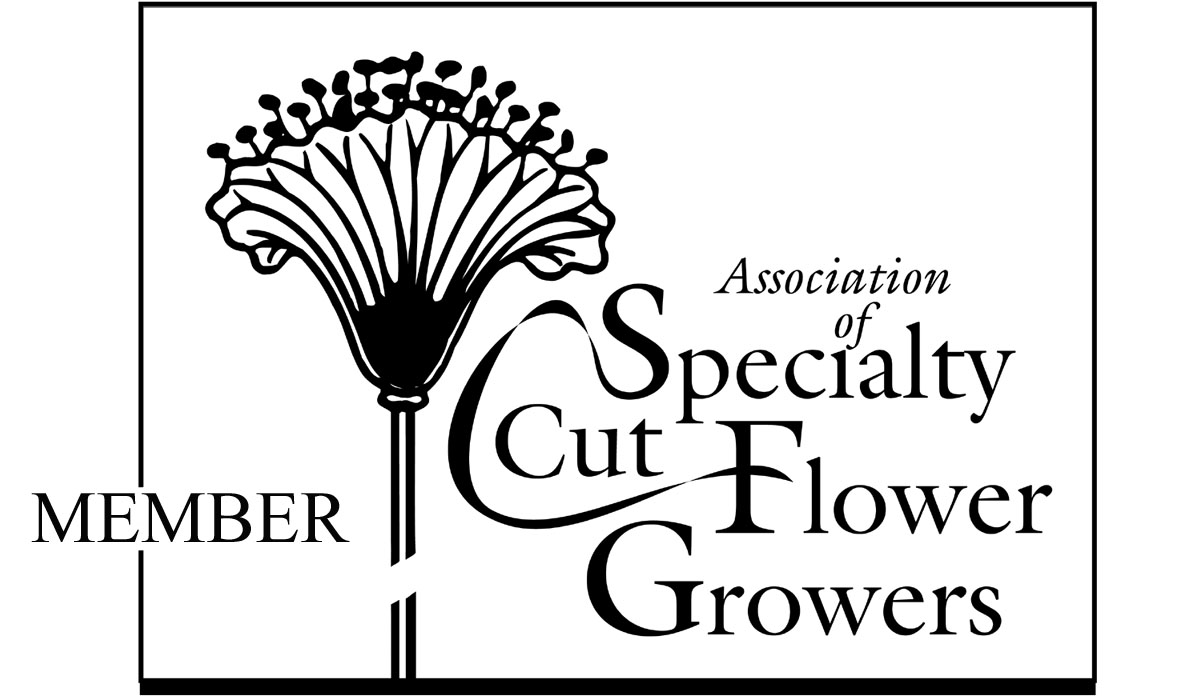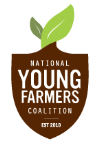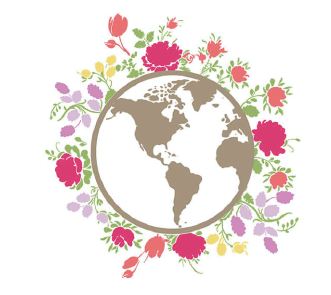Irrigation Tips for Cut Flower Gardens
/Watering your plants may seem like a simple task, but a thoughtful irrigation system makes a big difference when it comes to growing healthy, abundant cut flowers.
Natural rainfall is the best source of water for plants, as it contains beneficial nutrients. But anyone who’s experienced a summer drought knows that rainfall is not always regular enough, especially during the peak flower-growing months, to serve as the sole water source for your garden beds or flower fields.
Having a watering system set up before or as soon as you plant seeds or seedlings is an important part of the process. I cannot tell you how many times I’ve told myself that I’ll just set up the irrigation later, only to panic a few days after planting when my seedlings are drying out.
Learn from my mistakes: don’t procrastinate on setting up your irrigation system, and your plants will thank you for it!
Drip Irrigation
While watering cans can work in a pinch or on a small scale, we rely on drip irrigation and overhead sprinklers for the bulk of our watering needs. Drip irrigation has so many benefits, including:
Water goes straight to the roots of the plants, where it’s needed most
There is minimal evaporation and runoff, making it more efficient and environmentally friendly
Discourages weeds since it only provides water to precise areas, versus the entire garden bed or field
More efficient once it’s set up; you just turn it on and off as needed
While drip irrigation is highly efficient for the environment and your physical labor, it does require some initial setup and some upfront investment to purchase the supplies needed.
We lay drip irrigation lines directly on top of or beneath our landscape fabric (which we use as a weed barrier), depending on the crop. Because drip tape comes in long rolls, you can only lay one length of drip tape at a time, and most flower beds need 3-4 lines of drip tape each – that’s a lot of walking back and forth. It takes a bit of time to set up, but it’s very intuitive to understand, and once it’s in place, it saves hours of labor and worry.
Drip Irrigation on a Slope
This year, we’ve found a new solution to an issue we noticed in our high tunnels. Because our tunnels are built on a slight slope with our beds sloping downwards, our traditional drip irrigation setup was causing uneven watering. Too much water collected at the bottom, while the top stayed dry.
To fix this, we’re now using simple clamps (from Lowe’s!) to clamp off the drip lines about halfway down the tunnel. We let the water run for 30 minutes with the clamps in place, allowing the top section to get a deep soak. Then, we unclamp and let the lower half get watered for the next 30 minutes. This simple adjustment has made a big difference in how evenly our tunnels stay hydrated!
When to Use Overhead Watering
While drip irrigation is our preference for most of the flowers we grow on the farm, there are times when we use overhead watering, mostly with sprinklers or a good old fashioned watering can.
Overhead watering can work well, especially if you have a water spigot nearby! However, it can also be frustrating to get overhead sprinklers set up in the precise location to water your garden evenly, and you may end up dragging hoses all around your property.
We used to spend hours moving tripod sprinklers around the farm. This season, we added wobbler sprinklers in our annual fields so that we don’t have to move around the tripod sprinklers as often, especially in the weeks after transplanting new crops. Like a tripod sprinkler, the wobbler sprinklers also water several rows at one time.
Watering cans require more physical labor because you’ll be walking back and forth to refill them, but it can be an efficient and precise system for a small garden. We use watering cans in areas that are too far to run a hose or in areas that do not need regular watering once the plants are established. None of our perennial crops are set up with drip or sprinkler irrigation, so we usually hand water for a couple of weeks or until we have a steady, soaking rain.
Here’s when we use overhead watering:
Right after transplanting, because it provides more water more quickly to the plants
For areas where drip irrigation hasn’t been set up yet
For small garden beds close to a water source
During periods of drought with no natural rainfall
We tend to use overhead watering more in the early stages of plant growth and shift to drip irrigation once plants are well-established.
Whether you’re managing a large growing space or just a few raised beds, the right irrigation method can save you time, water, and stress. Don’t be afraid to experiment. As we’ve learned, even small tweaks can lead to much better results!
Links:
Rain Flo Irrigation (for businesses only)
Wobbler sprinklers for overhead watering
Simple sprinkler for overhead watering
Sample layout for a drip irrigation system from Rain-Flo:
Sample parts list for wobbler sprinkler set up for 4 rows on our farm. Each row is 4’ wide by 175’ long, with a 2.5’ pathway in between:
200’ of header hose
Xcel wobbler x 7 – this is the sprinkler head
Steel stakes x 7 – to mount the wobblers on
3’ tubing and adapter x 7 – this connects the wobbler to the header hose
End cap for the header hose
Couplings as needed to connect the header hose to your garden hose
